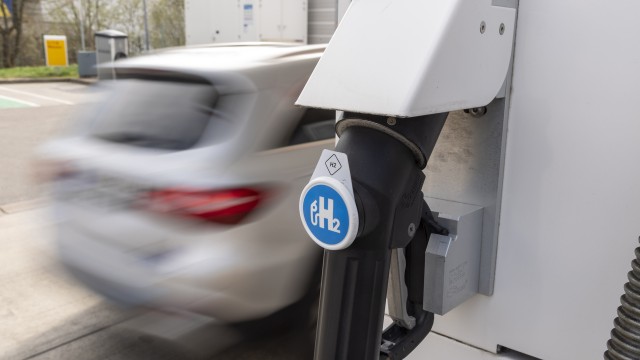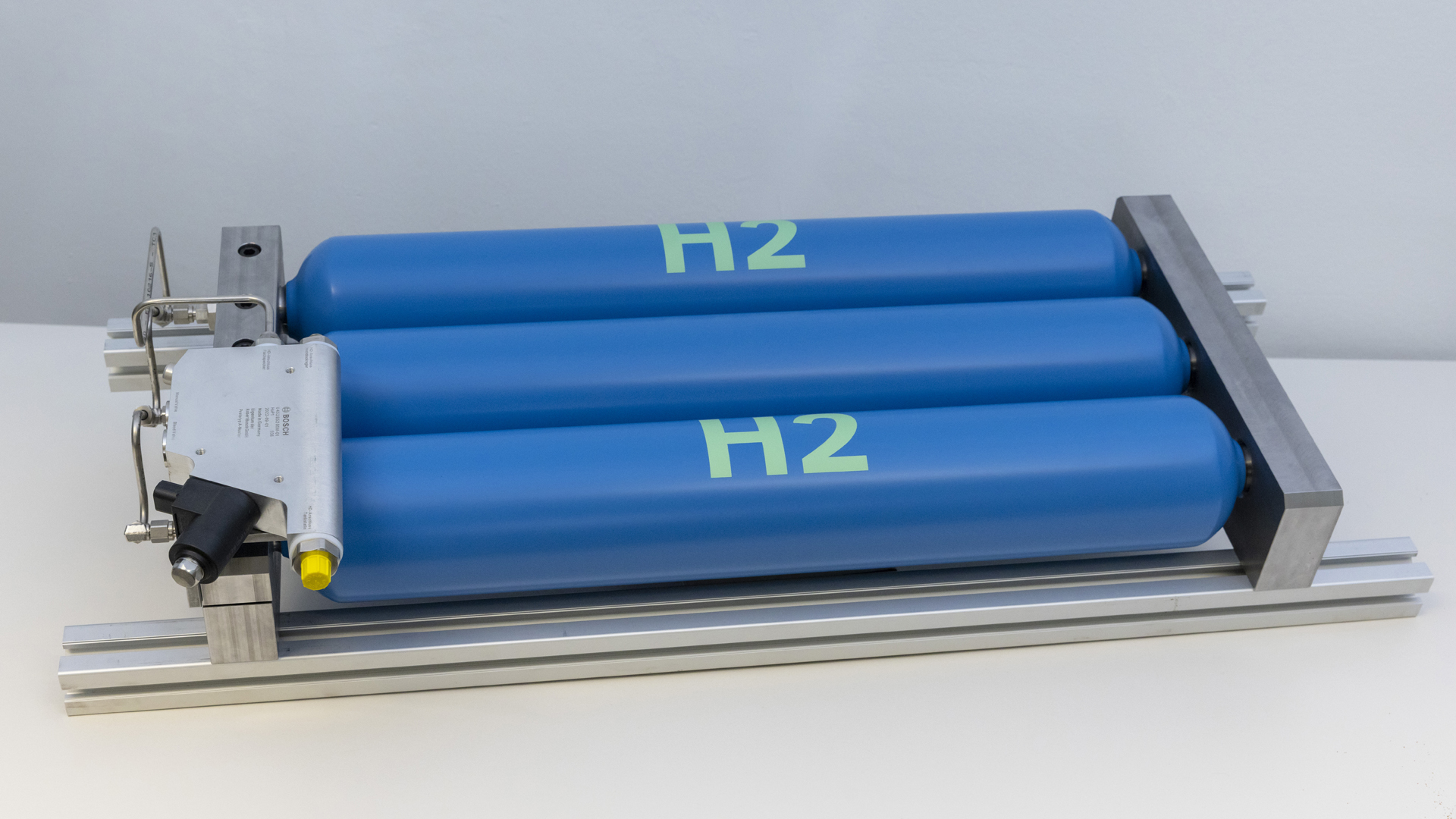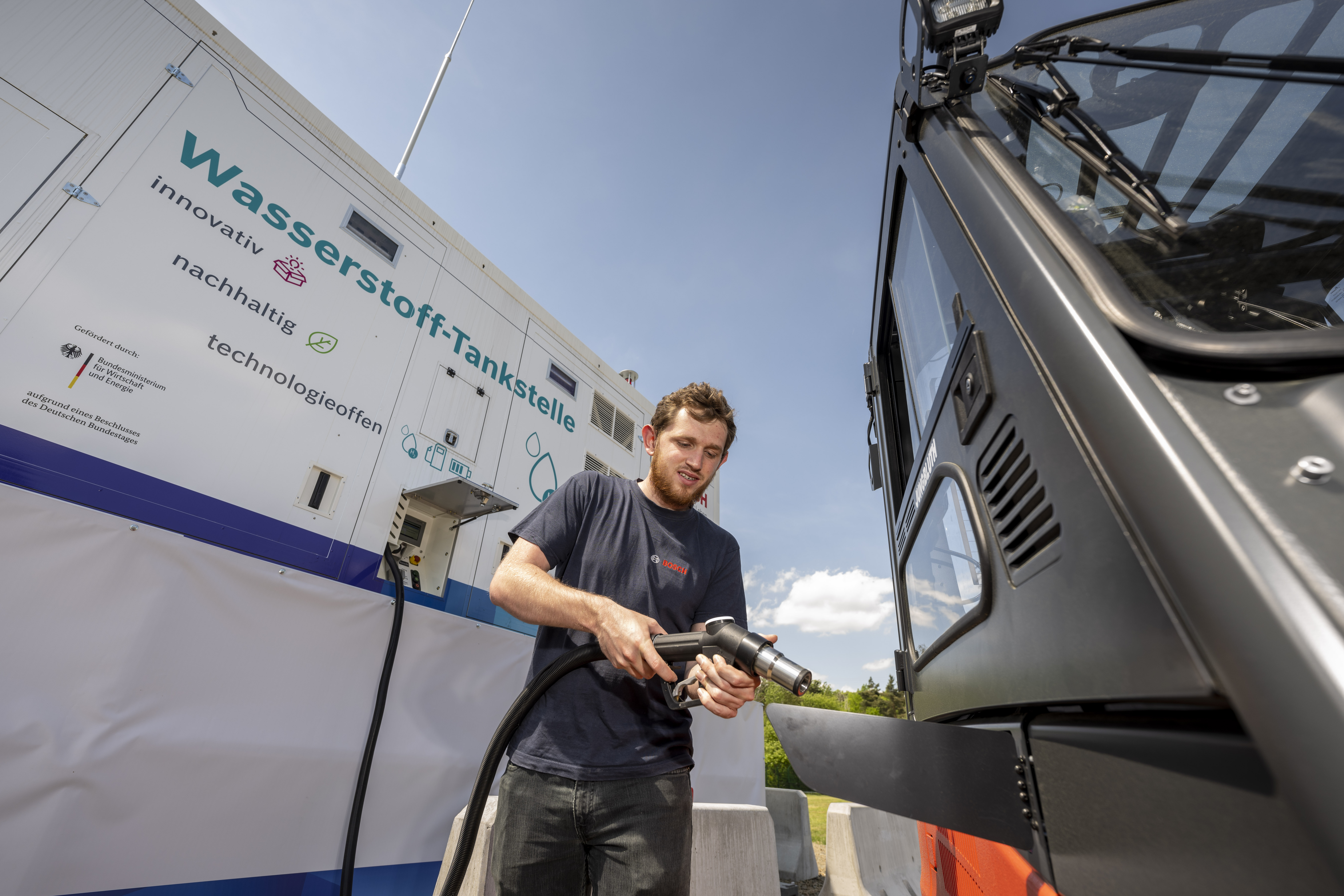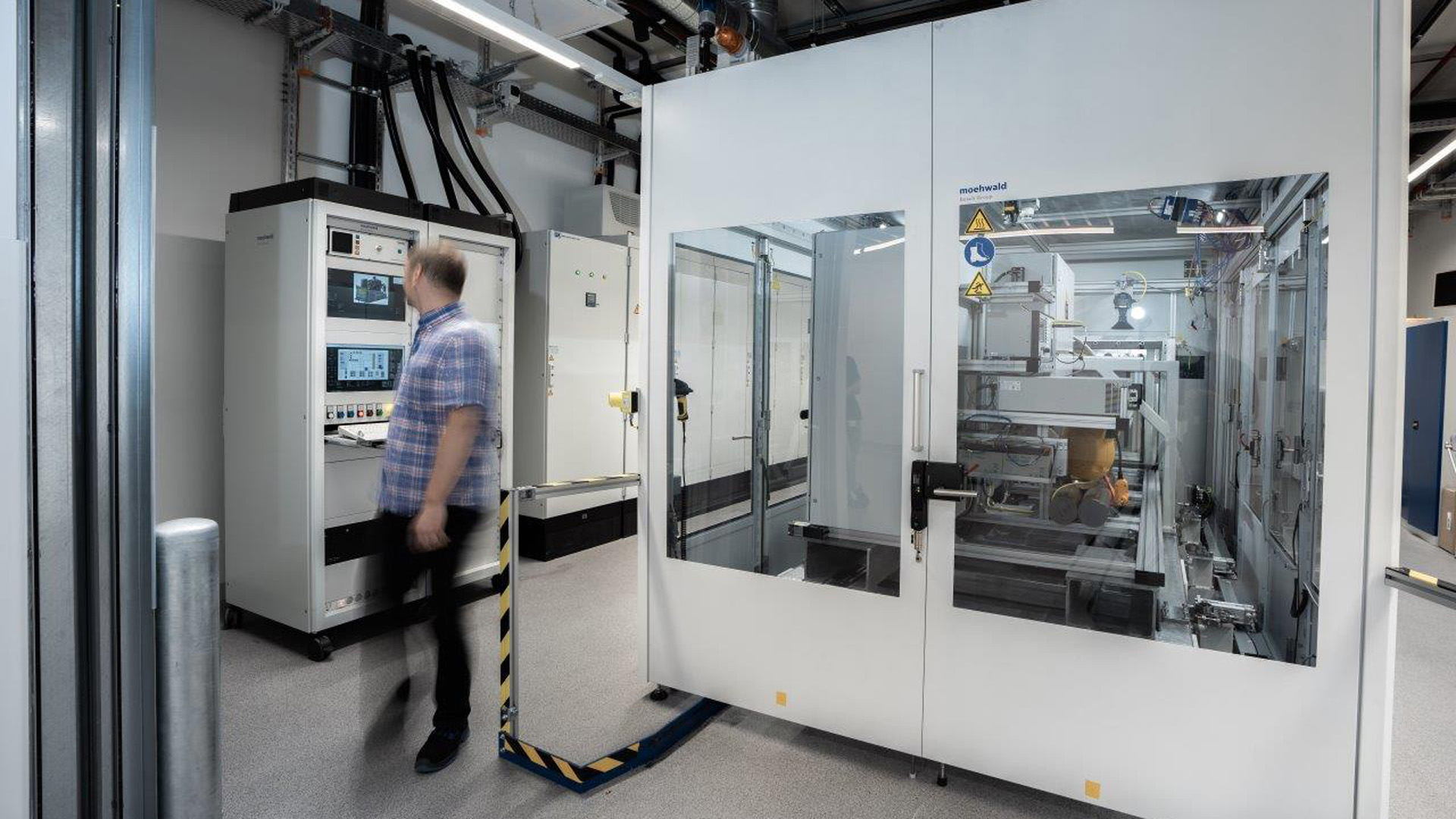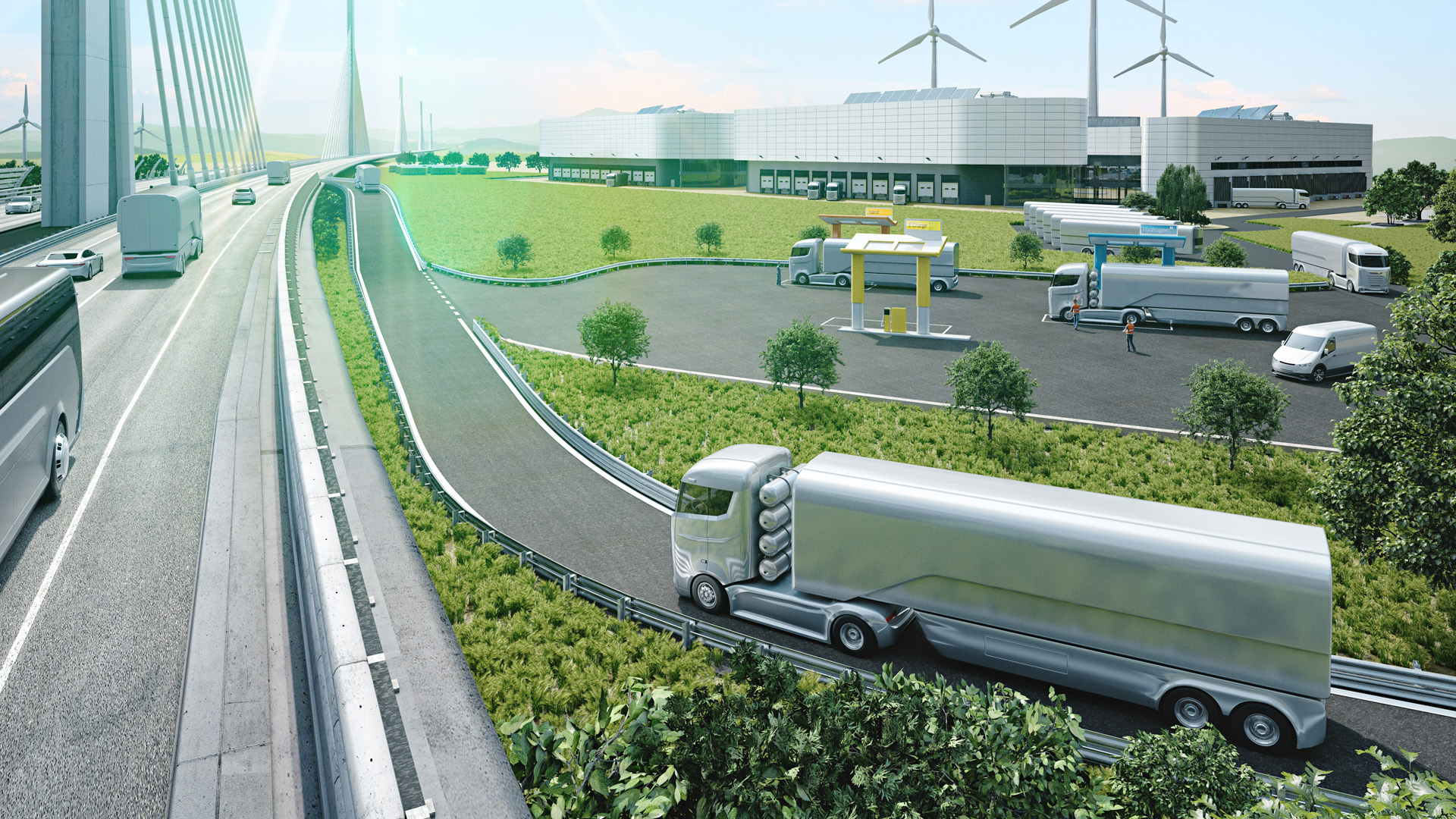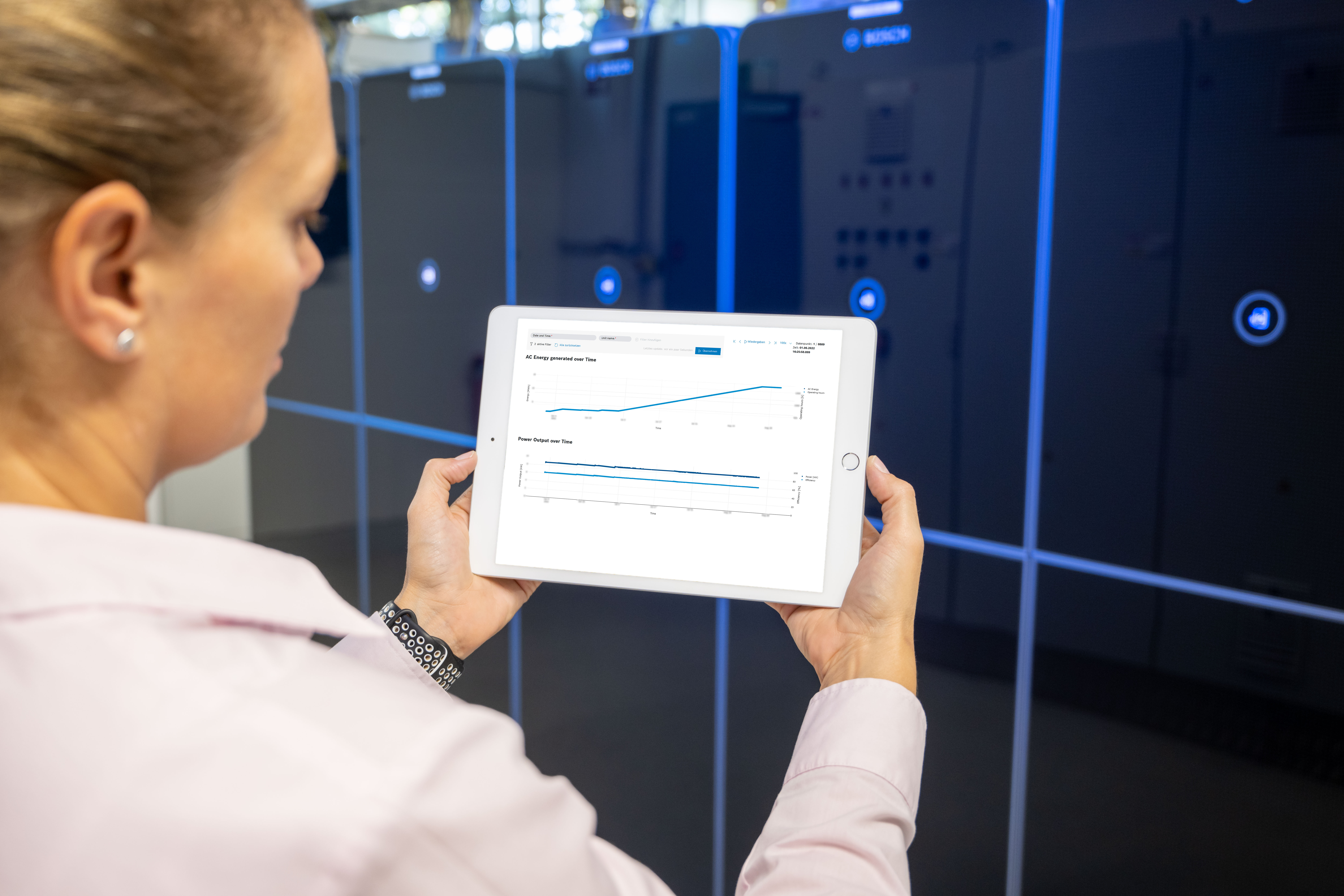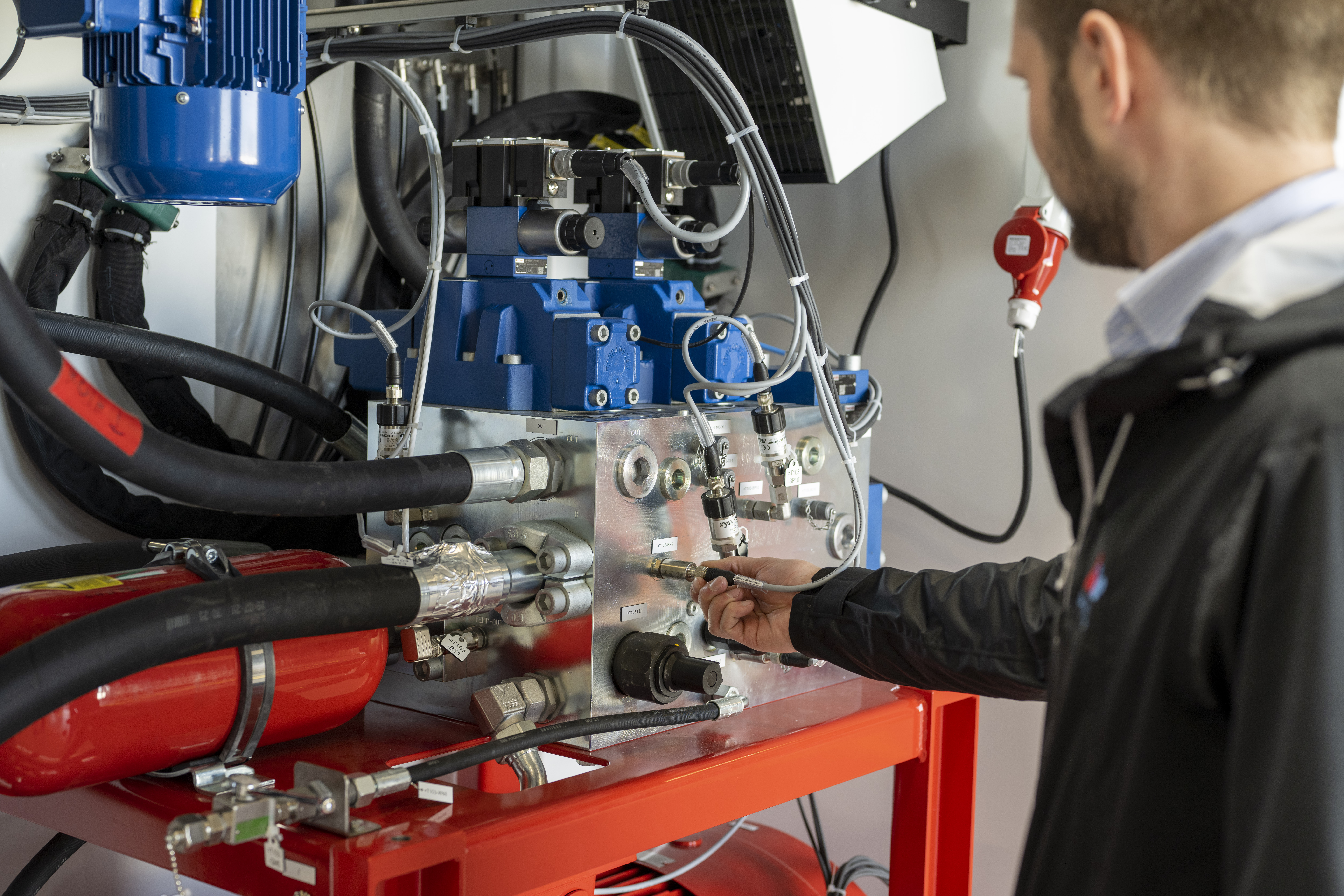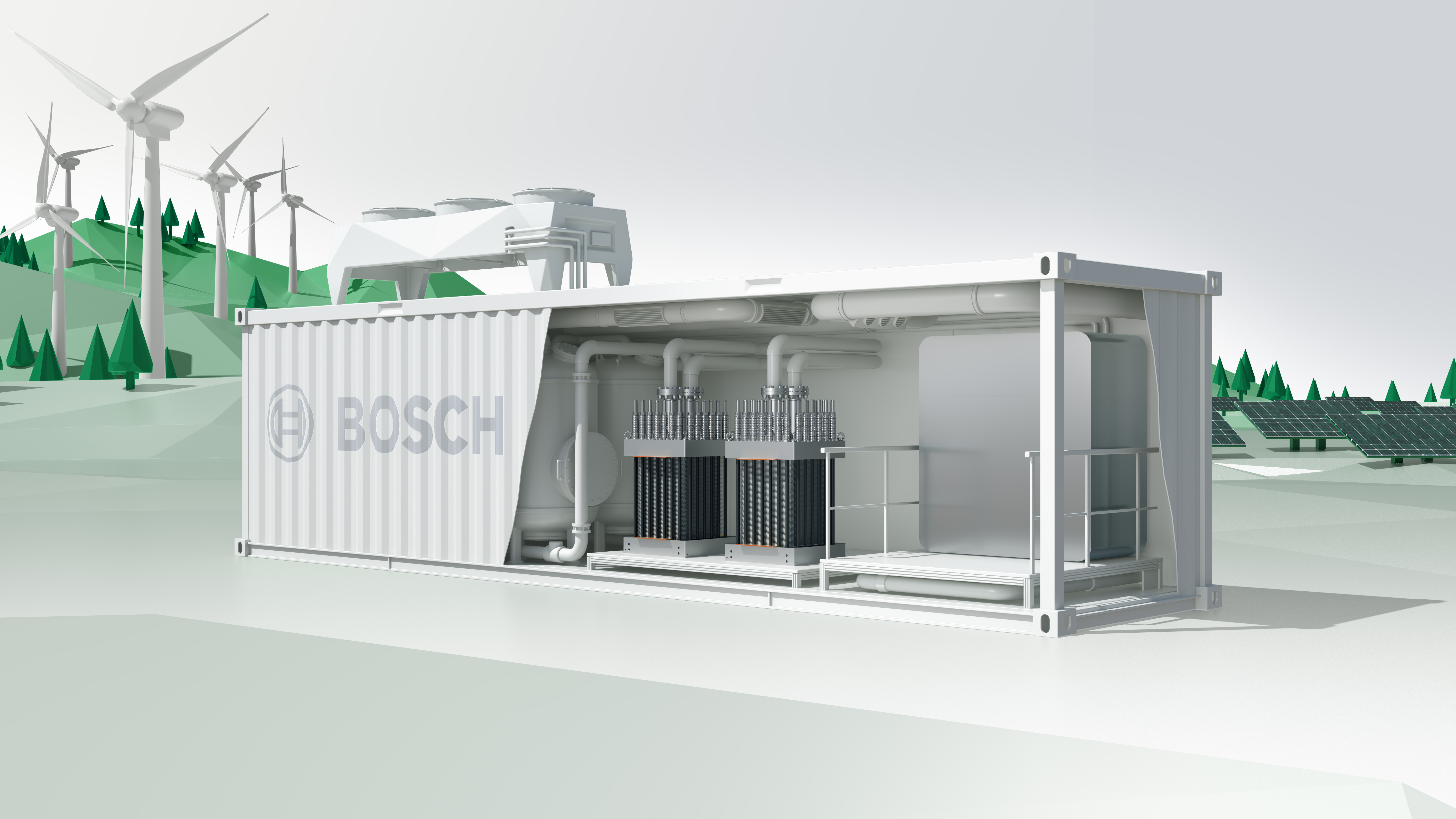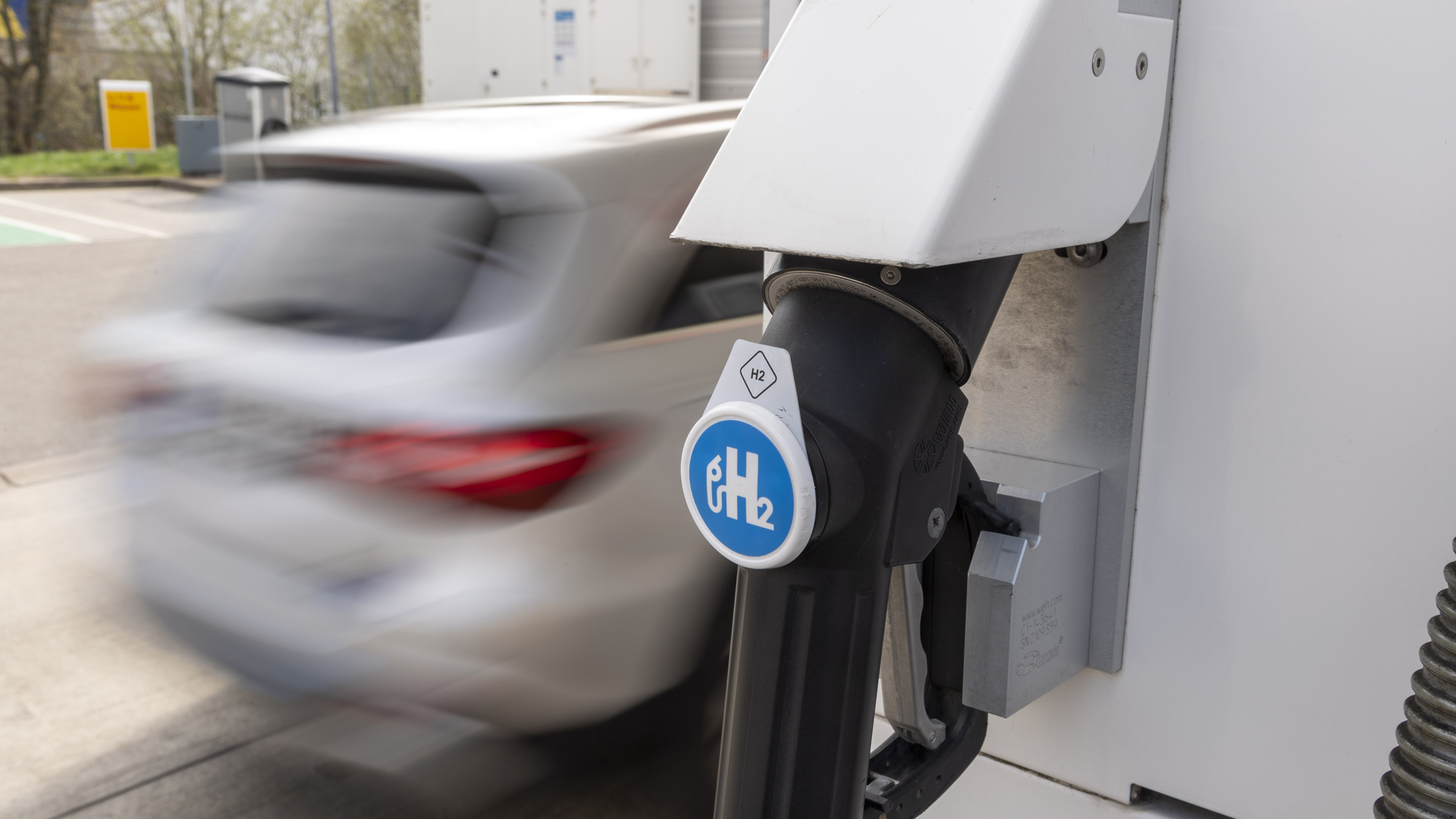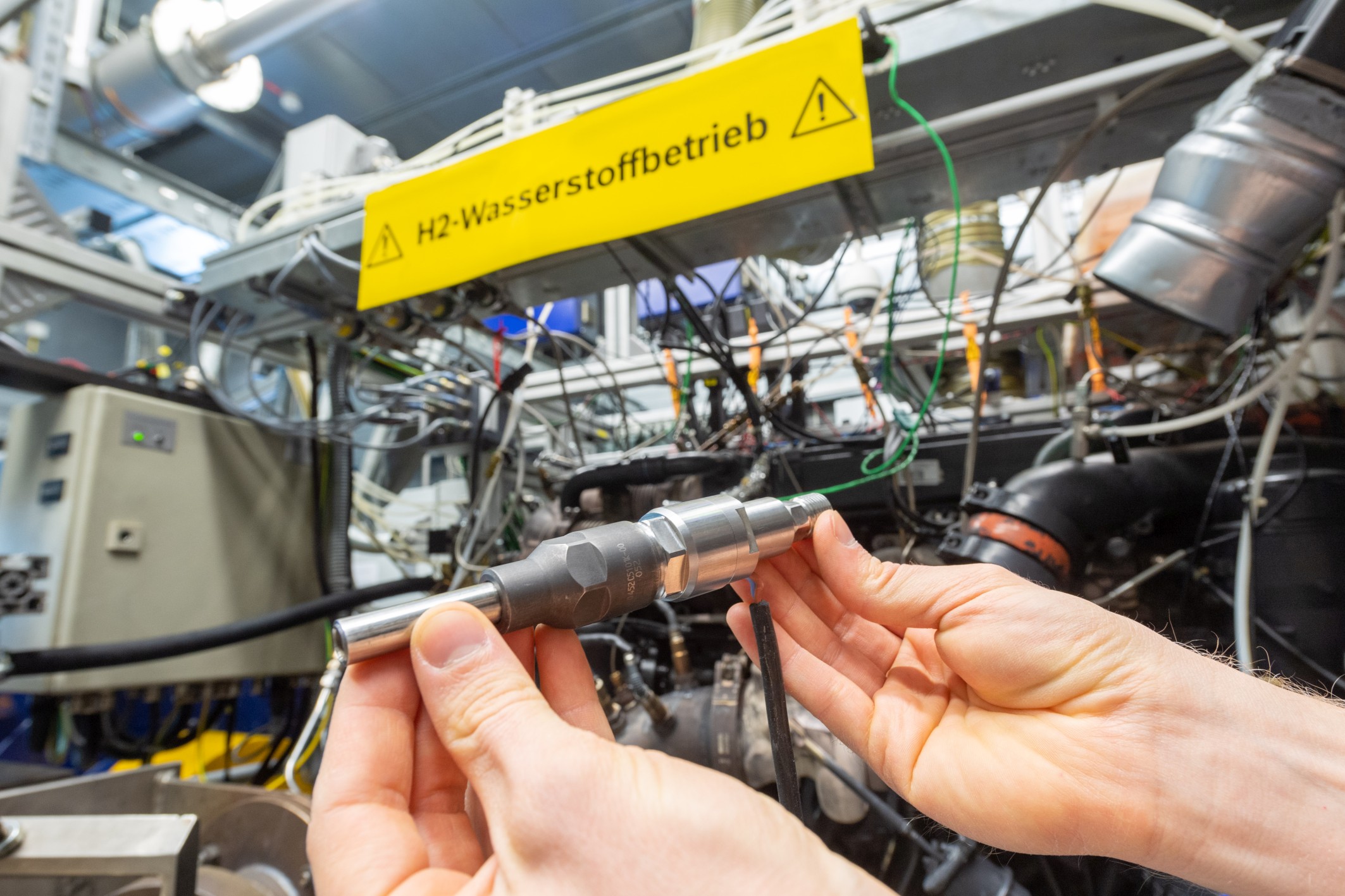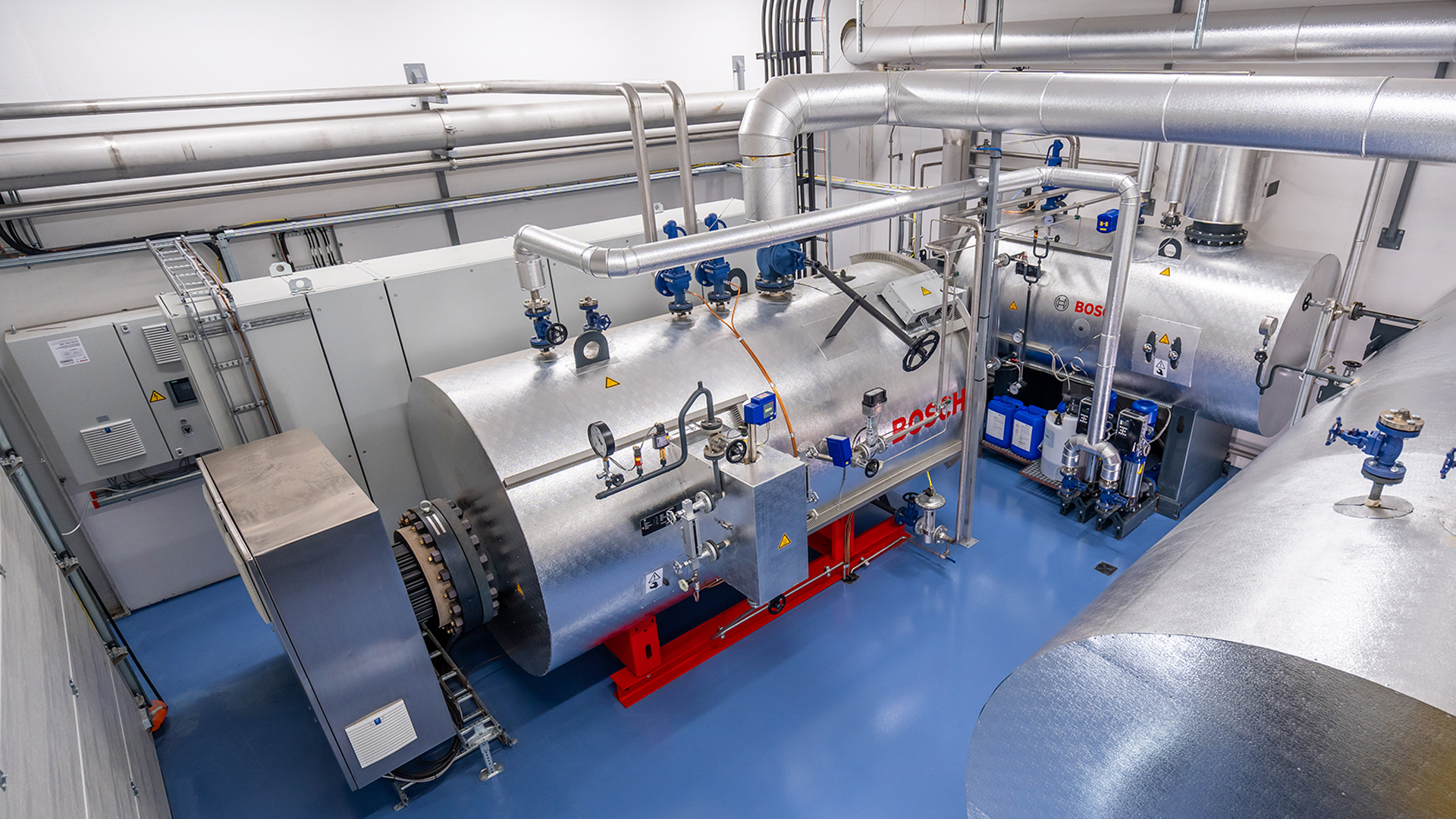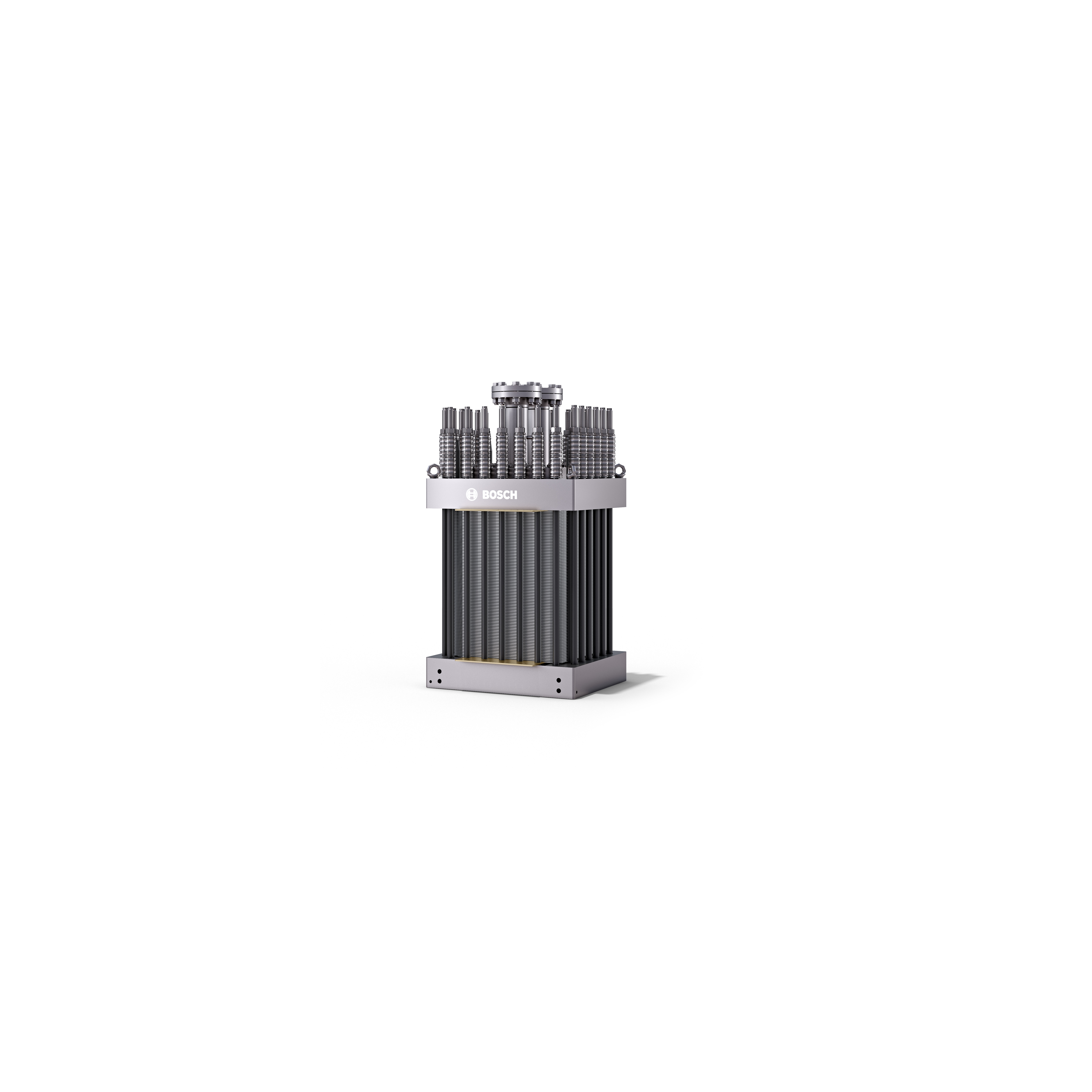Stuttgart, Germany – Green hydrogen is indispensable for a climate-neutral world. Whether in transportation, buildings, or the manufacturing industry – it makes sense to use it in nearly every sector. Bosch is H2 ready and was an early mover in areas such as the development of fuel-cell technology. Along the entire hydrogen value chain, the company is developing technologies for the production, compression, storage and use of hydrogen. At the Bosch Tech Day 2023, the company is providing some insights into its portfolio of products and services.
Contact person for press inquiries:
Tim Wieland
Phone: +1 248-876-7708
Tim.Wieland@us.bosch.com
About Bosch
Having established a presence in North America in 1906, today the Bosch Group employs 37,000 associates in more than 100 locations in the region (as of Dec. 31, 2022). Bosch generated consolidated sales of $15.1 billion in the U.S., Canada and Mexico in 2022. For more information visit www.bosch.us, www.bosch.ca and www.bosch.mx.
The Bosch Group is a leading global supplier of technology and services. It employs roughly 421,000 associates worldwide (as of December 31, 2022). The company generated sales of $93.1 billion in 2022. Its operations are divided into four business sectors: Mobility Solutions, Industrial Technology, Consumer Goods and Energy and Building Technology. As a leading IoT provider, Bosch offers innovative solutions for smart homes, Industry 4.0 and connected mobility. Bosch is pursuing a vision of mobility that is sustainable, safe and exciting. It uses its expertise in sensor technology, software and services, as well as its own IoT cloud, to offer its customers connected, cross-domain solutions from a single source. The Bosch Group’s strategic objective is to facilitate connected living with products and solutions that either contain artificial intelligence (AI) or have been developed or manufactured with its help. Bosch improves quality of life worldwide with products and services that are innovative and spark enthusiasm. In short, Bosch creates technology that is “Invented for life.” The Bosch Group comprises Robert Bosch GmbH and its roughly 470 subsidiary and regional companies in over 60 countries. Including sales and service partners, Bosch’s global manufacturing, engineering and sales network covers nearly every country in the world. With its more than 400 locations worldwide, the Bosch Group has been carbon neutral since the first quarter of 2020. The basis for the company’s future growth is its innovative strength. At 136 locations across the globe, Bosch employs some 85,500 associates in research and development, of which nearly 44,000 are software engineers.
The company was set up in Stuttgart in 1886 by Robert Bosch (1861–1942) as “Workshop for Precision Mechanics and Electrical Engineering.” The special ownership structure of Robert Bosch GmbH guarantees the entrepreneurial freedom of the Bosch Group, making it possible for the company to plan over the long term and to undertake significant upfront investments in the safeguarding of its future. Ninety-four percent of the share capital of Robert Bosch GmbH is held by Robert Bosch Stiftung GmbH, a charitable foundation. The remaining shares are held by Robert Bosch GmbH and by a corporation owned by the Bosch family. The majority of voting rights are held by Robert Bosch Industrietreuhand KG, an industrial trust. The entrepreneurial ownership functions are carried out by the trust.
Additional information is available online at www.bosch.com, www.iot.bosch.com, www.bosch-press.com, www.twitter.com/BoschPress
Exchange rate: 1 EUR = 1.0538

